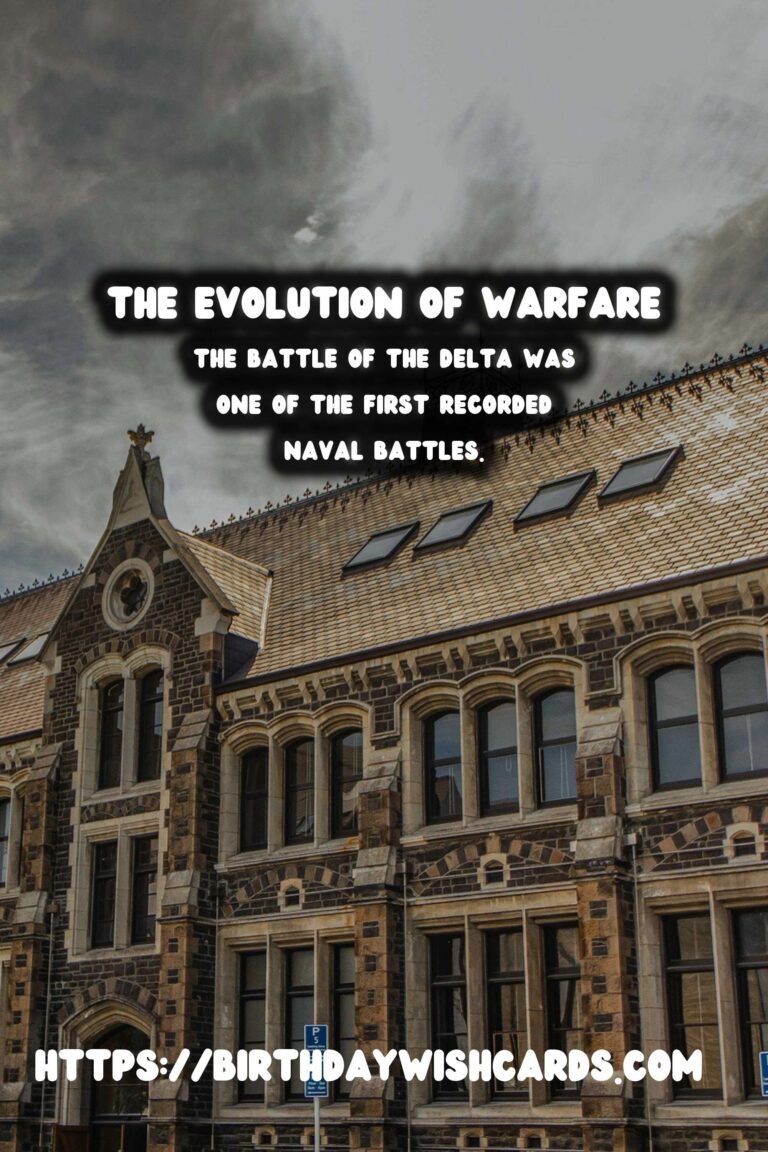
Warfare has been an integral aspect of human history, evolving through numerous stages from primitive conflicts to highly sophisticated modern warfare techniques. Each era in history tells the tale of innovations, strategies, and the relentless quest for dominance through warfare.
Ancient Warfare: The Dawn of Naval Battles
The earliest known naval battles trace back to ancient civilizations where the control of sea routes was vital for trade and survival. Among the first recorded instances was the Battle of the Delta, fought in 1175 BC between the Egyptians and the Sea Peoples. The Egyptians utilized their well-crafted ships to defend their territories.
The significance of naval battles increased dramatically with the dominance of civilizations like the Greeks and Romans. The Battle of Salamis in 480 BC marked a pivotal moment, where the ingenious strategies of Greek commanders led to a decisive victory against the Persian fleet. It highlighted the emerging importance of sea power in establishing and maintaining geopolitical dominance.
Medieval Warfare and the Rise of Siege Techniques
The medieval period introduced new dimensions in warfare with the advent of fortified structures and siege warfare. The iconic sieges of castles became prominent, leading to the development of siege engines like trebuchets and battering rams.
During this era, the naval warfare also saw innovations such as the use of gunpowder on ships. The Battle of Lepanto in 1571 underscored the transition from traditional naval combat to gunpowder warfare, marking a significant shift in military tactics.
The Renaissance and the Birth of Modern Warfare
The Renaissance period was a turning point that paved the way for modern warfare. The invention of the musket and cannon drastically changed the battlefield dynamics, rendering traditional protective armors obsolete.
One crucial transformation was the Thirty Years’ War (1618-1648), which demonstrated the massive scale of conflicts involving multiple nations and the role of professional armies. It also opened avenues for tactical innovations, including the use of linear formations in battles, which later became a standard military strategy.
Industrial Revolution: The Mechanization of Warfare
The Industrial Revolution brought about unprecedented changes in warfare, characterized by the mechanization of military tactics and the introduction of new weaponry.
The American Civil War (1861-1865) and World War I (1914-1918) exemplified this era, where innovations such as ironclad ships, machine guns, and trench warfare redefined combat. It highlighted the grim reality of industrial warfare, leading nations to reconsider their military strategies and diplomatic relations.
Modern Warfare: Technology and Information Warfare
As we moved into the 20th and 21st centuries, warfare saw the integration of advanced technology and information systems. World War II (1939-1945) demonstrated the impact of air power and the devastating potential of nuclear weapons, shaping the geopolitical landscape of the modern world.
In contemporary times, the focus has shifted to cyber warfare and information dominance. Nations now invest heavily in cybersecurity and intelligence to protect their infrastructures from potential threats.
The current era of warfare underscores the importance of technology in national defense, with autonomous systems and artificial intelligence emerging as significant components of military strategy.
Conclusion
The rich history of warfare is a testament to human ingenuity in the face of adversity. From the ancient naval skirmishes to today’s technologically driven conflicts, warfare continues to evolve, reflecting the ever-changing dynamics of global power structures.
As technology advances, the nature and scope of warfare are bound to change, posing new challenges and opportunities for peace and security worldwide.
Warfare has been an integral aspect of human history. The Battle of the Delta was one of the first recorded naval battles. 









#WarfareHistory #MilitaryEvolution




